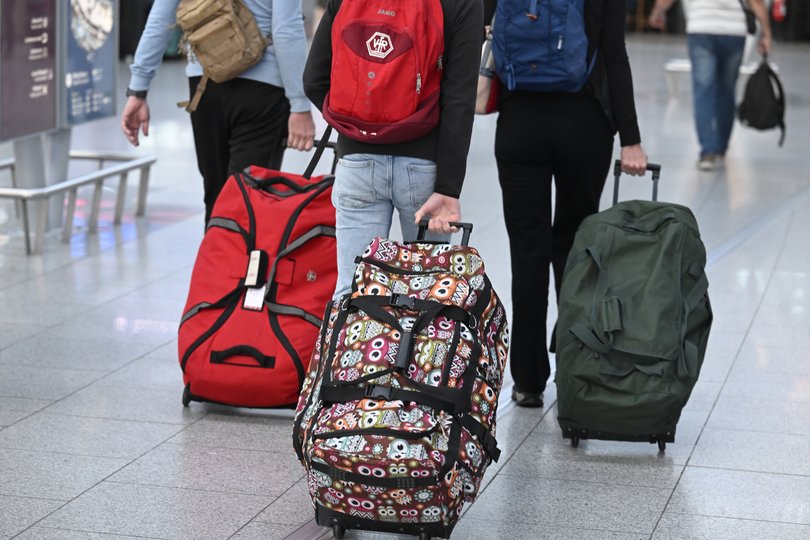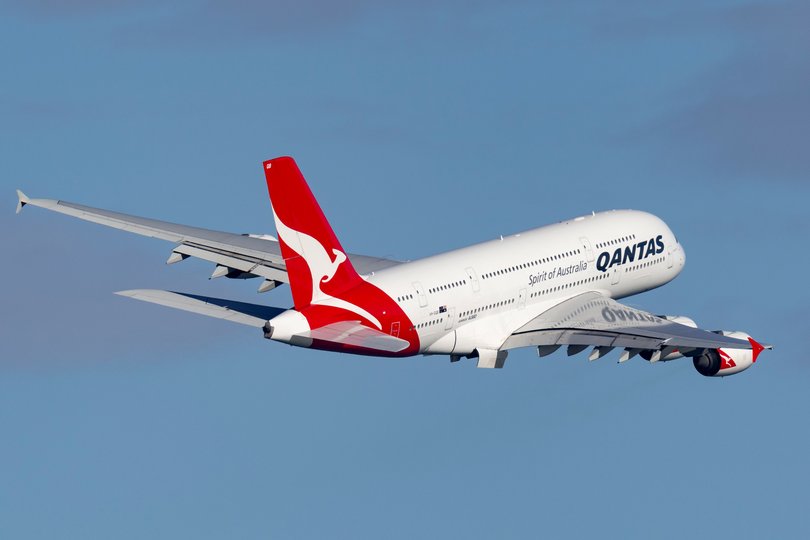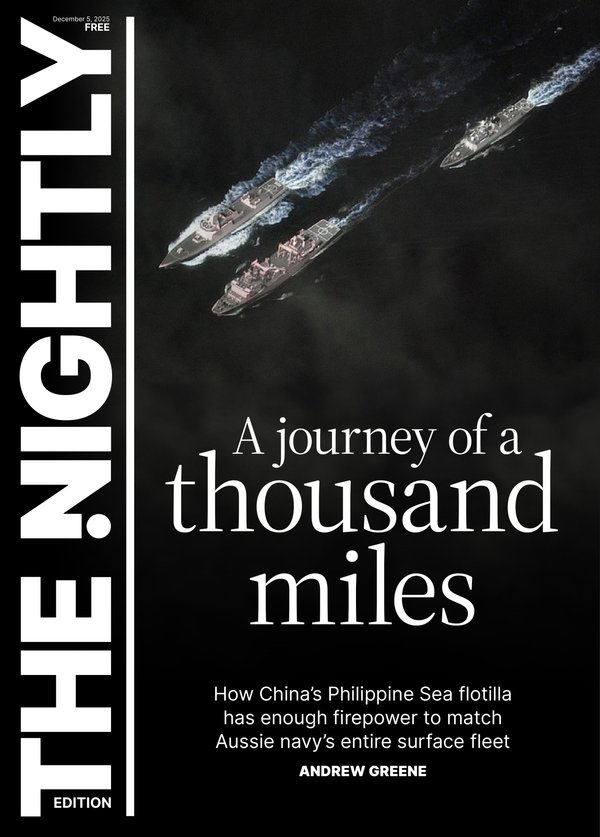Why flying on frequent flyer points is about to get harder as banks change rules

Steve Hui, aka “The Points Whisperer”, has spent 15 years giving guidance on the best use of credit card rewards to make turning left and flying up front a reality.
Recommended changes mean banks are avidly looking to devalue rewards schemes to combat the Reserve Bank’s proposed reduction in interchange fees and a possible ban on payment surcharges, which, if approved, will come into play July 1, 2026.
Sure — no surcharges are good for the average flyer and credit card user, but what if you work the business rewards system like many Australians (it’s claimed about 34 per cent of Australian credit card transactions earn Qantas points alone)?
Sign up to The Nightly's newsletters.
Get the first look at the digital newspaper, curated daily stories and breaking headlines delivered to your inbox.
By continuing you agree to our Terms and Privacy Policy.Well, these changes herald a dramatic shift in an ability to fly the family to Telluride on points next season.
But should we really be worried, Steve? Is the outlook that bad?
“I’d say that the golden age of credit card rewards is ending — and the impact will hit harder than most Australians realise,” Hui tells ROAM.
“Australia has been down this path before. Surcharging was first allowed in the early 2000s, and in 2016 interchange fees were lowered and excessive surcharges banned. That marked the end of the ‘unlimited points’ era — caps, tiered earn rates, and reduced benefits followed.
“Now, with the RBA signalling another reduction, Amex has already announced a devaluation effective 15 December 2025. History is about to repeat, and this time the cuts could run deeper.”
Hui predicts five shifts set to reshape rewards.

Lower reward earn rates
“When interchange was cut last time, banks slashed earn rates,” he explains.
“More expense categories may soon earn nothing at all, as already happens with government charges and utilities. Australians will need to spend far more to earn the same number of frequent flyer points — meaning fewer trips and less travel overall.”

Lower spend caps
“Caps and tiers already restrict full points to monthly spend limits; expect these to tighten further,” Hui says. “Many cardholders don’t realise they’ve already hit their cap.”

Fewer sign-up bonuses
“The ‘arms race’ of 100,000–200,000-point welcome offers won’t survive shrinking margins,” he says. Hui recommends consumers make hay while the sun is still shining.
Shorter interest-free periods
Hui says some banks have already cut interest-free periods to about 44 days, and cycles may shorten again.
“This will hurt those who need it most,” he says. “While the RBA argues the poor subsidise the wealthy’s rewards, the reality is low-income households rely most on interest-free days to manage bills.”

Lower credit limits
“In past cycles of regulatory change, banks cut lending standards and reduced credit limits across the board,” Hui explains.
“Some now even talk of winding back investment in fraud and risk systems. For households and small businesses that rely on cards as a buffer — not a debt trap — this means far less flexibility.
“For side hustles and small businesses — many of which grow to provide employment — reduced access to credit could choke early growth, stifling innovation and entrepreneurship.”
Beyond points, what’s at stake?
Hui believes the proposed changes — an RBA decision on such set to be made by the end of 2025 — isn’t just about fewer business class seats being booked with frequent flyer points.
“Families and small businesses depend on credit cards to smooth cashflow. Remove the incentives, shorten the terms, and reduce the limits, and many will walk away from cards altogether.,” he says.
“With these changes, the old methods of earning points are finished. The cards and habits that worked before will no longer deliver.
“The golden age of random, easy points is gone. But that doesn’t mean the opportunity has disappeared. Big spenders can still unlock value if they earn with purpose. Those who adapt their strategy and focus on purposeful earning will continue to fly further and better than the rest.
“Behind every cloud is a silver lining — but only for those who know where to look.”
Steve Hui is the founder of iFLYFLAT and co-founder of the recently launched iFLYflat Flights Club; iflyflat.com.au
